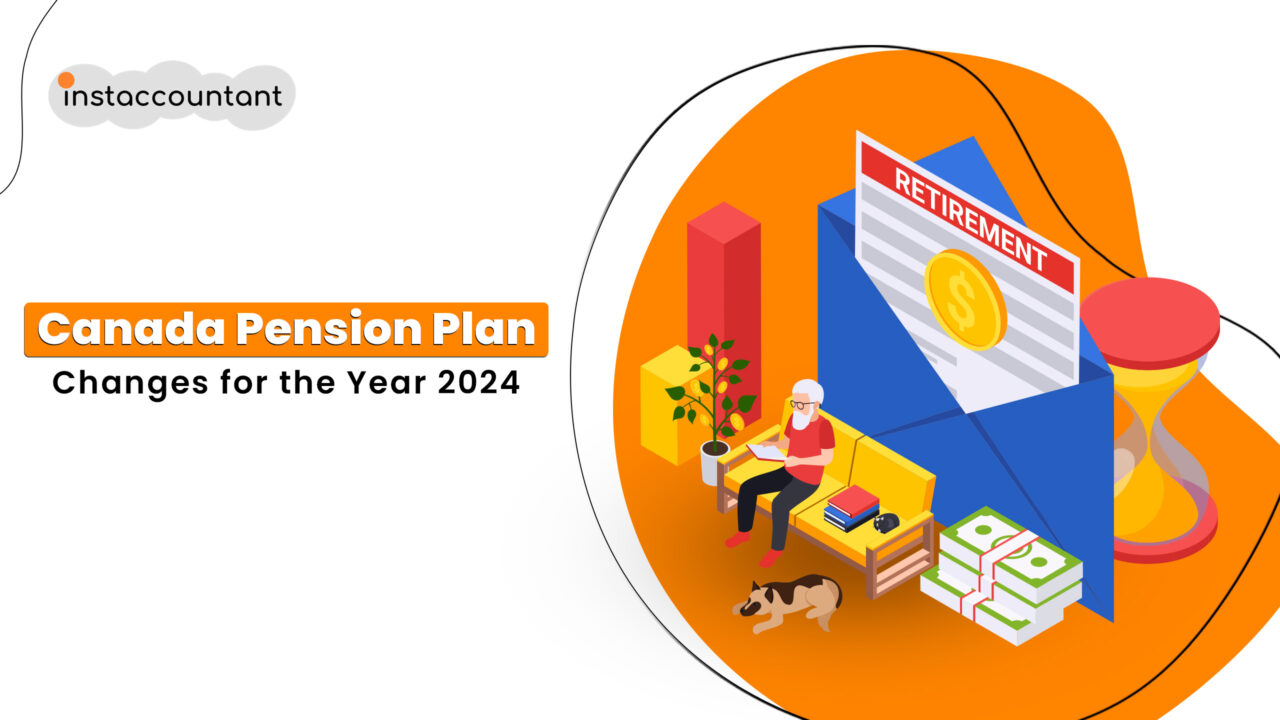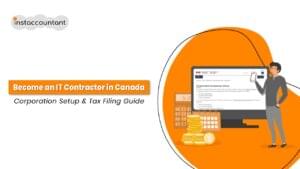Today I want to talk to you about some important changes that are coming to the Canada Pension Plan (CPP) in 2024. If you are working as employee or self-employed in Canada, you should pay attention to these changes because they will affect how much you contribute and how much you can get from CPP when you retire.
What is CPP and CPP2?
CPP is a social insurance program that provides income replacement to eligible Canadians who retire, become disabled, or die. CPP is funded by contributions from workers, employers, and the self-employed, as well as investment income. CPP2 is a new enhancement to CPP that started in 2019 and will be fully phased in by 2025. CPP2 aims to increase the retirement benefits for future generations of Canadians by raising the amount of earnings covered by CPP and the replacement rate of those earnings.
2024 Changes to Canada Pension Plan
There are three main changes to CPP that will take effect in 2024:
- Increased Maximum Pensionable Earnings: The maximum pensionable earnings under CPP will increase from $65,400 in 2023 to $68,500 in 2024. This means that more of your income will be subject to CPP contributions and benefits.
- Introduction of a Second Earnings Ceiling for CPP2: A second earnings ceiling of $73,200 will be introduced for CPP2. This means that you will also contribute to CPP2 on your earnings between $68,500 and $73,200. This second earnings ceiling will increase each year until it reaches $79,400 in 2025.
- No Change to the Basic Exemption Amount: The basic exemption amount for CPP will remain unchanged at $3,500. This is the amount of income that is exempt from CPP contributions and benefits.
CPP Contribution Rates and Amounts for 2024
The contribution rates and amounts are the percentages and dollar amounts that workers, employers, and the self-employed pay into CPP each year.
The contribution rates and amounts for CPP and CPP2 in 2024 are as follows:
- If you are an employee, you and your employer will each have to contribute 5.95% of your pensionable earnings (up to $68,500) to CPP, plus 4.00% of your additional pensionable earnings (between $68,500 and $73,200) to CPP2. The maximum contribution for each of you will be $4,055.50 ($3,867.50 for CPP and $188.00 for CPP2).
- If you are self-employed, you will have to contribute 11.90% of your pensionable earnings (up to $68,500) to CPP, plus 8.00% of your additional pensionable earnings (between $68,500 and $73,200) to CPP2. The maximum contribution for you will be $8,111.00 ($7,735.00 for CPP and $376.00 for CPP2).
Why Should You Care About These Changes?
These changes will affect your retirement income and tax situation in several ways:
- Increased Retirement Benefits: By increasing the amount of earnings covered by CPP and CPP2, you will be able to accumulate more retirement benefits over time.
- Increased Contributions: By increasing the contribution rates and amounts for CPP and CPP2, you will have to pay more taxes on your income in the year of contribution.
- Potential Tax Deduction or Credit: By increasing the contribution rates and amounts for CPP and CPP2, you may also be eligible for a larger tax deduction or credit on your tax return.
If you earn less than $68,500 in 2024, your contributions and benefits will not change much from 2023. However, if you earn less than $3,500 in 2024, you will not contribute or receive anything from CPP.
The changes for 2024 are part of a larger plan to enhance CPP over seven years. By 2025, the CPP enhancement will increase the maximum CPP retirement benefit by about 50% for those who make enhanced contributions for 40 years. The CPP enhancement will also increase the amount of income replacement from one-quarter to one-third of your average work earnings.
What Should You Do Next?
To prepare for these changes, consider the following steps:
- Plan Ahead: Review your retirement savings plan and adjust your contributions accordingly.
- Consult a Professional: Talk to a professional accountant or financial advisor to understand how the changes will impact your specific situation.
- Use Online Resources: Utilize online calculators to estimate your future CPP benefits based on different scenarios.




